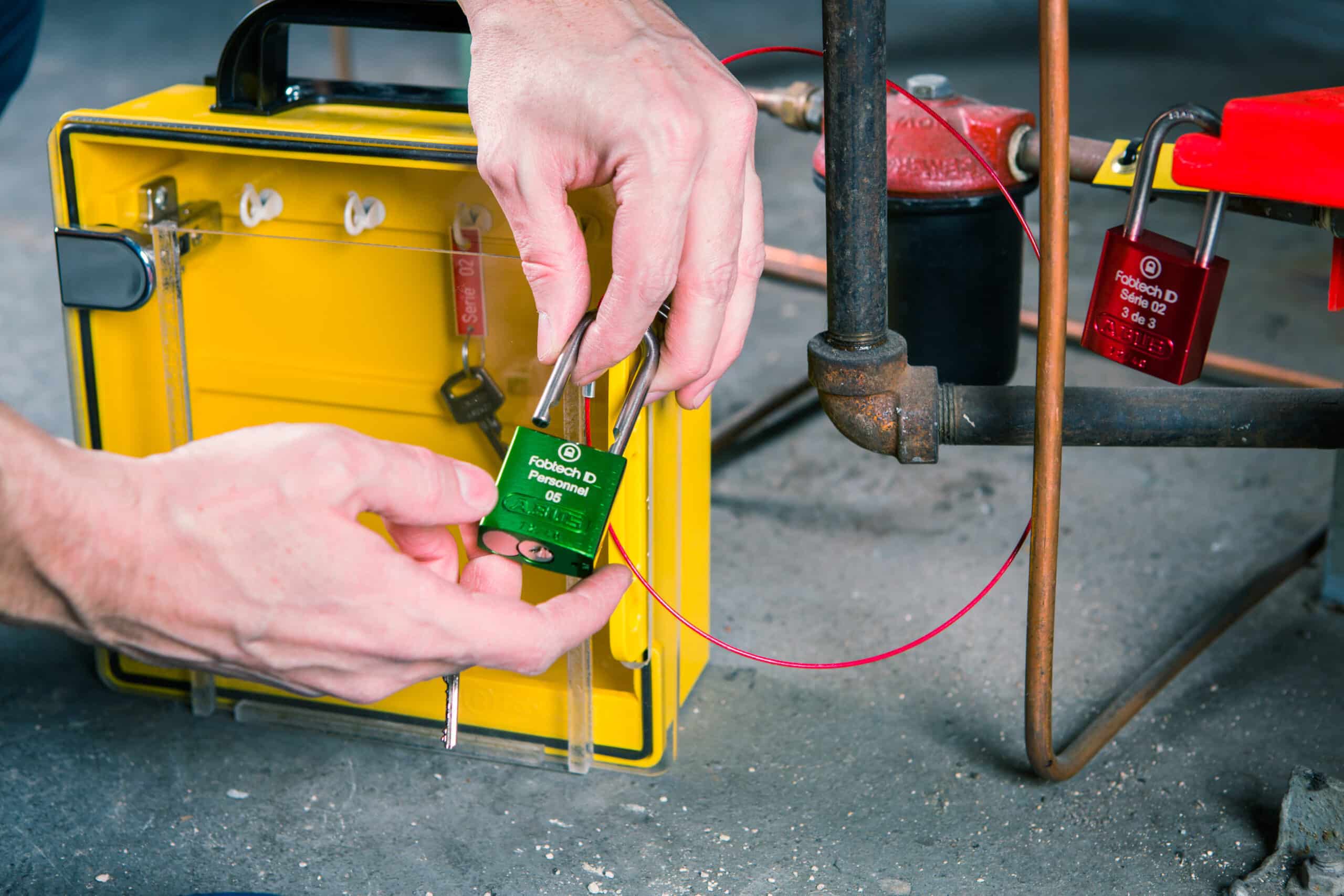LOTO | Different Types of Locks for Different Purposes


Calculating the process time required to develop Lock Out Tag Out (LOTO) Procedures
13 May 2022
As an EHS manager, you have been able to convince your management of the benefits of a state-of-the-art lockout tagout system but they will want to know the investment required before giving the final budget approval.
While there is no way to give an exact number, there are ways to estimate, within an acceptable margin, the types of resources and efforts needed from the organization to implement a comprehensive Lockout / Tagout process backed up with accurate energy isolation procedures, reducing operational risk.
With the following information, anyone can evaluate the costs associated with outsourcing the work compared to performing it internally with the organization’s resources.
Before heading out into the facility to work on a first machine, you may want to have a priority list in order to focus one the most important machineries.
For each procedure, it is important to take the time to examine the machine and understand how it works, which isolation valves and breakers are connected to it and, write down what needs to happen to perform a safe LOTO. We recommend to gather information or get assistance from relevant employees if information lacks about all the parts of components and functions.
This step usually takes anywhere from 45 minutes to an hour for each machine in a facility.
Of course, complex systems in process plants may take much more time, for example. However, they include many machines and we realized over time that our ballpark estimate by machines stick even in that context.
Once the detective job has been completed and all the information is gathered and transcribed, the following step is used to write a first draft procedure. This step usually takes half the time used to gather the machine’s information.
Then, if 1 hour was required for step #1, loading the data into a system will take approximately 30 minutes for a new total of 1.5 hours.
For this step, someone else should be mandated to confirm if the LOTO procedure is correct. The latter should walk through the LOTO procedure to ensure its accuracy and make edits if necessary. This step is crucial and should be carried out by a qualified personel, including but limited to mechanics, operators, or electricians. It typically takes around thirty minutes to one hour to complete the verification.
To complete this milestone, edits from the walkthrough should be amended to the draft. These modifications take generally minimal time which make the updated cycle time to 2.5 hours.
Once the procedure is written and verified, the last step consists to validate if all the edits were made to the last draft document. Someone higher in the hierarchy will typically take over this task like a supervisor or a manager. The approver is required to validate all the edits and if people involved in the validation process had the right qualifications.
With the final approval, the procedure is now finalized, emitted and now ready to use.
This last step should take roughly 10 to 15 minutes.
Globally, we have estimated the entire process cycle time at 2 hours and 45 minutes.
Nonetheless, there is another particularly important task that could be done at the same time which is tagging each machine, equipment and devices if it is not in place already.
As mentioned in the previous article Tag Material for Tagout Applications (coming soon!) someone can install tags at a rate of 10 tags per hour. On average, for mediumly complex equipment, four to six isolation devices would be normally found plus the one for the machinery itself. This extra step would add another 30 to 60 minutes for a total of 3 hours and 15 minutes.
Because employees already have full workloads without the writing procedure process, it is sometimes necessary to hire contractors to do the job. However, there are two activities that organization should never contract out:
There are economies of scale when looking at 1,000 vs 100 machines as workers get more efficient over time. Also, the above numbers are averaged over all industries and departments. For example, a paper machine or production department might see times roughly 10%-15% higher, while a services department might see numbers 10%-15% lower.
You can usually have outside contractors take care of the first 3 steps (gathering, tagging, and writing), but always keep in mind, whoever does this part of the work will gain a complete understanding of the workings in your facility. I don’t know about you, but I like to keep knowledge in-house whenever possible.
More on our LOTO Solutions here : Lockout Tagout Software for Control of Hazardous Energy | Conformit